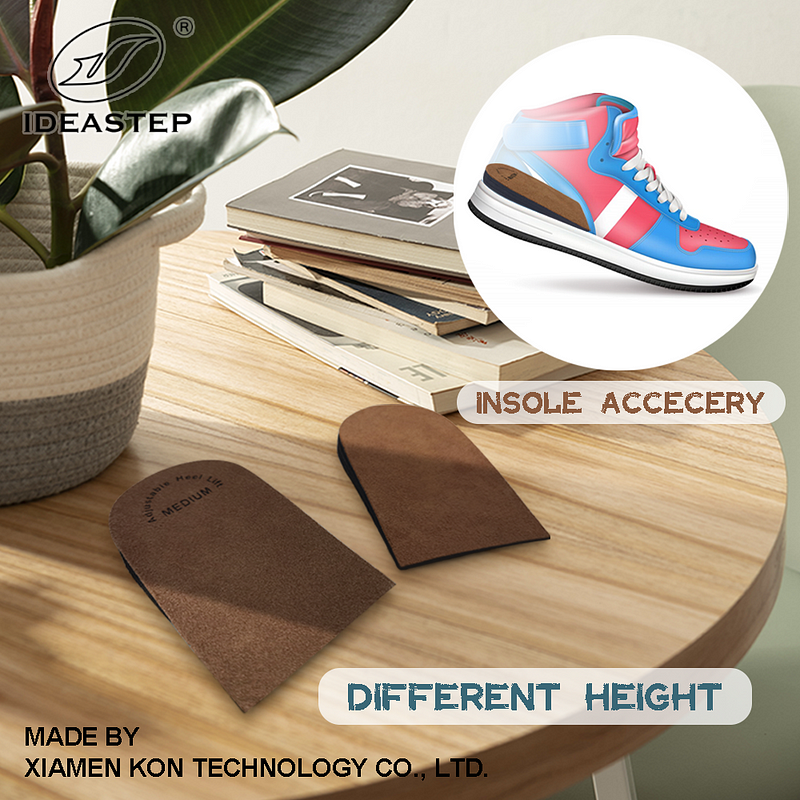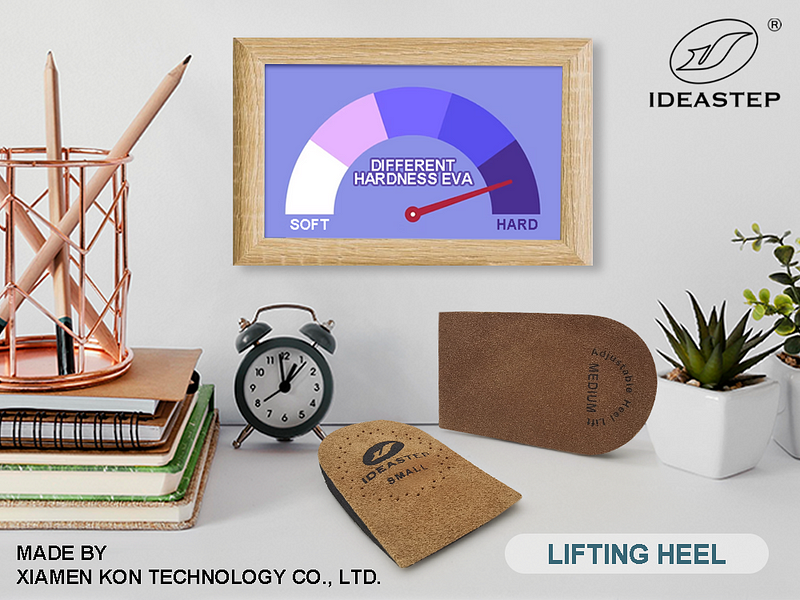Picking the right heel pads for various types of footwear is crucial for enhancing comfort and providing proper support. Whether you’re dealing with high heels, athletic shoes, or formal wear, selecting the appropriate heel pad can alleviate discomfort, prevent injuries, and improve overall foot health. This guide will help you understand how to choose heel pads tailored to different footwear types to achieve the best results.
How to Choose Heel Pads for Various Shoes
It’s important to choose the right heel pads for various shoes to get the most comfort and support. The ideal heel pad can alleviate pain, improve comfort, and offer essential support for a range of activities. This guide explores how to pick the best heel pads for different types of footwear to meet your specific needs and improve foot health.

1. Understanding the Function of Heel Pads
Heel pads are cushioning inserts designed to provide extra support and comfort to the heel of the foot. They are used to address issues such as heel pain, plantar fasciitis, and general discomfort from prolonged standing or walking. The material and design of heel pads are key factors in their effectiveness, and different types are suited for various footwear types.
2. Choosing Heel Pads for High Heels
High heels often place a significant amount of stress on the heels and the balls of the feet. Consider the following when selecting heel pads for high heels:
- Thin and Discreet: Pick thin, discreet heel pads that won’t make your shoes too tight or noticeable. Gel or silicone pads work well in this case as they provide cushioning without bulk.
- Shock Absorption: To avoid discomfort and reduce the impact on the heels, select heel pads with excellent shock absorption.
- Adhesive Support: Ensure that the heel pads have a strong adhesive backing to keep them in place inside the high heels.
3. Choosing Heel Cushions for Athletic Shoes
Athletic shoes frequently require heel cushions that provide extra padding and support due to high-impact activities. What to look for:
- Increased Padding: Pick heel cushions with thicker cushioning and padding to absorb shock and reduce impact during active tasks.
- Arch Support: Heel pads with built-in arch support can assist with proper foot alignment and reduce fatigue during exercise.
- Breathable Materials: Select heel pads made from breathable materials to keep your feet dry and comfortable during intense activities.

4. Picking Heel Cushions for Formal Shoes
Formal shoes often have less padding and may require heel cushions that provide comfort without altering the fit of the shoes. Consider the following:
- Minimalistic Design: Choose heel pads with a minimalistic design that offers comfort without making the shoes too tight or bulky.
- Soft Padding: Soft, foam-based heel cushions can provide extra comfort and reduce pressure on the heels.
- Durable Adhesive: Ensure the heel pads have a strong adhesive to stay securely in place in formal footwear.
5. Choosing Work Boot Heel Pads
Work boots frequently require heel pads that provide maximum support and durability. This is what to consider:
- High Durability: Opt for heel cushions made from durable materials that can withstand the wear and tear of work environments.
- Additional Padding: Choose heel cushions with extra padding to provide relief from extended periods of standing or walking.
- Supportive Design: Heel pads with a supportive design can help maintain foot alignment and reduce strain on the feet and legs.
6. Testing and Adjusting Heel Cushions
After selecting the heel cushions, it is essential to test them to ensure they meet your needs:
- Comfort Test: Wear the heel cushions in your shoes for a period to check for comfort and effectiveness.
- Fit Test: Ensure the heel pads do not alter the fit or cause discomfort when inserted into the shoes.
- Adjustments: Make adjustments as needed, such as trimming the heel cushions to fit better or choosing a different material if the initial choice does not provide adequate support.

7. Picking a Trusted Brand
When selecting heel cushions, it is important to choose a reputable brand known for producing high-quality products. Ideastep, for example, offers a range of heel pads designed to meet different needs and provide reliable support and comfort. Research and read customer reviews to find a brand that aligns with your requirements.
Conclusion
Picking the right heel pads for various types of footwear is crucial for improving comfort and support. By understanding the specific needs of each type of shoe and selecting appropriate heel pads, you can alleviate discomfort, prevent injuries, and improve overall foot health. Consider factors like design, material, and padding to make the best choice for your footwear. For optimal results, choose a reputable brand like Ideastep and ensure that you test and adjust the heel pads as necessary.
FAQ
- What kind of heel cushions are best for high heels?
For high heels, thin, discreet heel pads made of gel or silicone with a strong adhesive backing are ideal. - How should I select athletic shoe heel pads?
For athletic shoes, look for heel pads made of materials that are breathable, have built-in arch support, and have thicker padding. - Are there heel pads made just for formal shoes?
Yes, minimalistic, soft padding heel cushions with strong adhesive are appropriate for formal shoes. - What features should work boots’ heel pads have?
Choose heel cushions with high durability, additional padding, and supportive design for work boots. - How do I ensure the heel cushions fit accurately in my shoes?
Check the shoes’ fit and the comfort of the heel pads before making any necessary adjustments or choosing a different material if needed.
